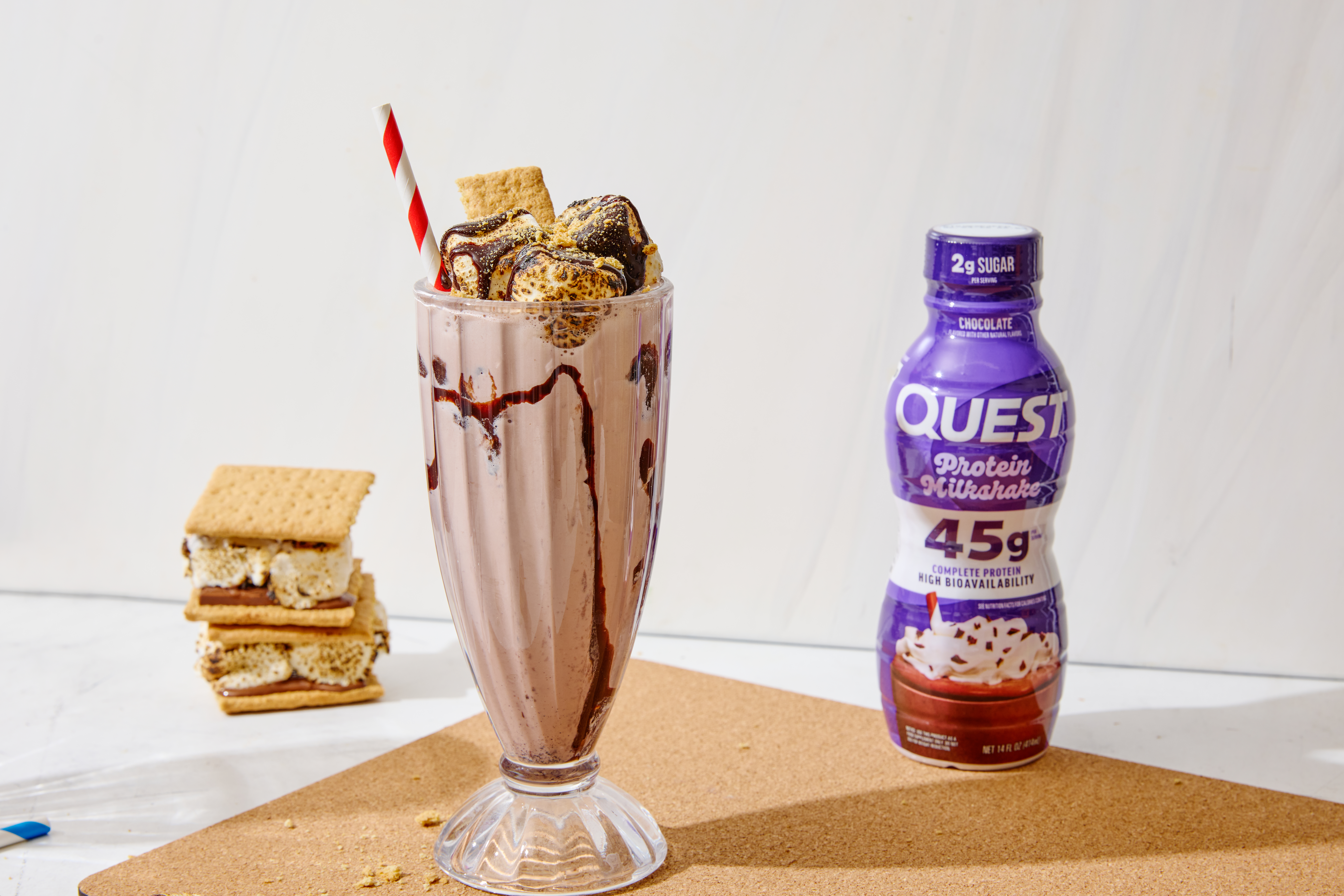Post-cookie data glossary—key words and terms marketers need to know
An overview of post-cookie phrases from Conversions APIs to retail media networks, Privacy Sandbox and more.

Just when you thought you figured out ad tech terms such as programmatic and DSPs, the demise of the cookie and the creation of alternative IDs to help brands target consumers on the web are ushering in a slew of new acronyms. As marketers and their agencies look to navigate the post-cookie advertising landscape, they need to become familiar with terms like PETs, SDAs and CAPIs. Don't know what these are?
Here’s a look at some of the most used words that you might be too afraid to ask what they mean. And check back for updates to this list.
Conversions API (CAPI): Conversions APIs, or application programming interfaces, connect an advertiser’s data to a publisher, such as Facebook, so they can determine when ads lead to sales (online and off) and downloads. Conversions APIs are becoming ubiquitous within mobile marketing with Meta, Google, TikTok, Snap and Twitter all developing them. The conversion platforms replace the utility that cookies and IDs used to provide. Cookies and IDs were easy ways to detect if an ad hit the right target and to track consumers to measure when ads affected sales. Through conversions APIs, an advertiser shares event-level information—such as data collected from clicks on their websites, signups, and sales—directly with a platform's servers, in order to quantify the impact of the ads. CAPIs also help advertisers find audience segments to target ads.
Data clean room: There is some confusion in the ad tech industry about what constitutes a data clean room. That’s because there are different types of data clean rooms. At their core, though, data clean rooms are meant to make use of highly sensitive consumer data in a privacy-safe manner. The data can be encrypted or anonymized to hide personally identifiable information. The data also is permission-based, since the consumer theoretically consents, or does not consent, for certain parties to use their information. Data clean room services help brands manage what data they are allowed to use and for what purposes, and with whom they are allowed to share that data.
Related: Why Meta is skeptical of data clean rooms
The IAB describes two varieties of data clean rooms, and one type is operated by walled gardens such as Google Ads Data Hub and Amazon Marketing Cloud. Brands match their data on consumers with data from the major platforms. The data matching helps measure how many people saw ads, what types of consumers saw the ads, and how much sales were generated from the ads. The clean room computing helps target ads, measure performance and plan future campaigns. There are some drawbacks to publisher-controlled clean rooms: The advertiser needs to trust Google, Amazon and others with their data. And the data is only useful in those environments, so whatever a brand learns only applies within those platforms.
Partner data clean room: The other type of data clean room is a partner data clean room, according to IAB. InfoSum would call this a “decentralized multi-party clean room.” In this setup, two parties, or more, store data in their own silos, but they can run computations without ever technically sharing data. InfoSum uses the example of a consumer product brand and a retailer using data clean room environments to study what customers buy and why. The CPG brand could use that data to target ads to audiences developed in the clean room. After a campaign, the CPG brand, retailer, and even another party, like a publisher, could collaborate in a partner data clean room environment to study the advertising results and measure sales and predict future consumer behavior.
Related: 12 ad tech leaders leading the cookieless evolution
Match rate: This concept is as old as the cookie in internet advertising. The match rate is how often a brand’s customer data, in the form of cookies or other identifiers, overlaps with the audience available for targeting through a demand-side ad platform. For instance, a brand comes with data on “customerXYZ123” and looks for that user on an ad network. With the death of cookie, matching is becoming ever more complex, and clean rooms are being used by brands to analyze where their customer base overlaps with the audiences of major publishers and platforms.
Privacy-enhancing technologies (PETs): This is a term first embraced by Meta, which owns Facebook, Instagram and WhatsApp, but it has since been picked up in IAB’s lexicon. Basically, PETs are new ways of playing with data that don’t tie it back to an individual consumer. Some basic characteristics of privacy-enhanced technologies include using aggregated sets of data, so it hides identities within cohorts (groups), and encrypting data that can’t be de-anonymized. For instance, Meta is working on what it calls “private lift measurement,” which uses encrypted data about a group of people who were exposed to an ad, and it matches that with an aggregated set of data about sales outcomes. The calculation gives marketers the average sales lift from an ad campaign without sharing data on individuals.
Privacy Sandbox: This is Google’s name for its post-cookie ad tech experiments, which the company has said it will eliminate from Chrome web browsers by the end of 2024. To replace cookies in Chrome, Google has started to test a Topics API—application programming interface—which is one of the pillars of Privacy Sandbox. Topics API is a way for advertisers to glean very broad insights into web users on Chrome, instead of using invasive cookies to track their behavior. Topics API collects just a few examples of interests about the consumer based on the types of sites that person visited over the prior three weeks. Advertisers can target ads based on those contextual data points. Another core component to Privacy Sandbox is called FLEDGE—First Locally Executed Decisions over Groups Experiment. FLEDGE is a way to serve retargeted ads to people who visited a brand’s website, without third-party cookies.
Read more: Privacy Sandbox test faces skepticism
Retail Media Network: These are ad networks based on first-party data that retailers are collecting on their shoppers. Walmart, Dick’s Sporting Goods, CVS, Best Buy, Lowe’s and Michaels are just some examples. The retailers see an opportunity to offer brands that sell goods in their stores a way to use shopping data to increase the efficiency of online ad buys. Best Buy, for instance, recently teamed up with Criteo, the programmatic ad platform, to help brands buy ads on third-party websites. Walmart works with The Trade Desk on its demand-side platform. The retail media boom is coinciding with the data clean room craze, because the major retailers are looking for secure ways, like clean rooms, to share transaction data about shoppers with brands.
Related: What you need to know about retail media
Related: 12 retail media network executives to watch
Seller-defined audiences (SDAs): This is another post-cookie ad targeting mechanism, where publishers create cohorts of their audiences to sell to advertisers over programmatic channels. Seller-defined audiences can be created using first-party data the publisher collects on their users, or they can be based on contextual cues like the content on the websites. IAB Tech Lab has been instrumental in establishing the protocol. This month, Google announced that it would allow publishers on Google Ad Manager to use seller-defined audiences.
SKAdNetwork: Also known colloquially as SKAD, this is the measurement platform that Apple released in 2018 ahead of App Tracking Transparency policies, which took full effect last year. Apple’s iOS 14.5 made it so app developers could not access the Apple Identifier for Advertisers unless the consumer gave them permission. Without that ID, developers like Meta, TikTok, Snap and Twitter could not easily track when an ad viewed on their apps led to a successful consumer event, like a sale or download. That’s where SKAdNetwork came in: It’s a platform that shares less granular data with marketers to preserve anonymity for the user. SKAdNetwork is currently in its fourth generation. It is a measurement platform for now, but it is expected that Apple could make it a true ad network as it pursues its own advertising business.
Zero-party data: Forrester coined this term in 2018, and while it fills a niche in the data marketplace, not everyone is sold on zero-party data as a concept. Some advertisers might even say zero-party data is over-hyped. In a sense, zero-party data is simply another form of first-party data, meaning a brand or publisher collects the information directly from the customer. The interest in zero-party data, and the number of brands embracing it, shows the trends in the industry, though. Brands are looking for new data sources that come with direct consent from consumers. With zero-party data, there are services that offer rewards, and even pay consumers, to share information about interests and purchases. Some apps ask permission to track web activity, and they set up panels of consumers to survey their opinions and behavior. The other varieties of data are still the most prominent ones: first-, second- and third-party data. For instance, third-party data comes from data brokers that compile public records on tens of millions of people, like mailing addresses, and make it useful for marketers.
Read more: How brands are using Zero-party data

 Fransebas
Fransebas 































